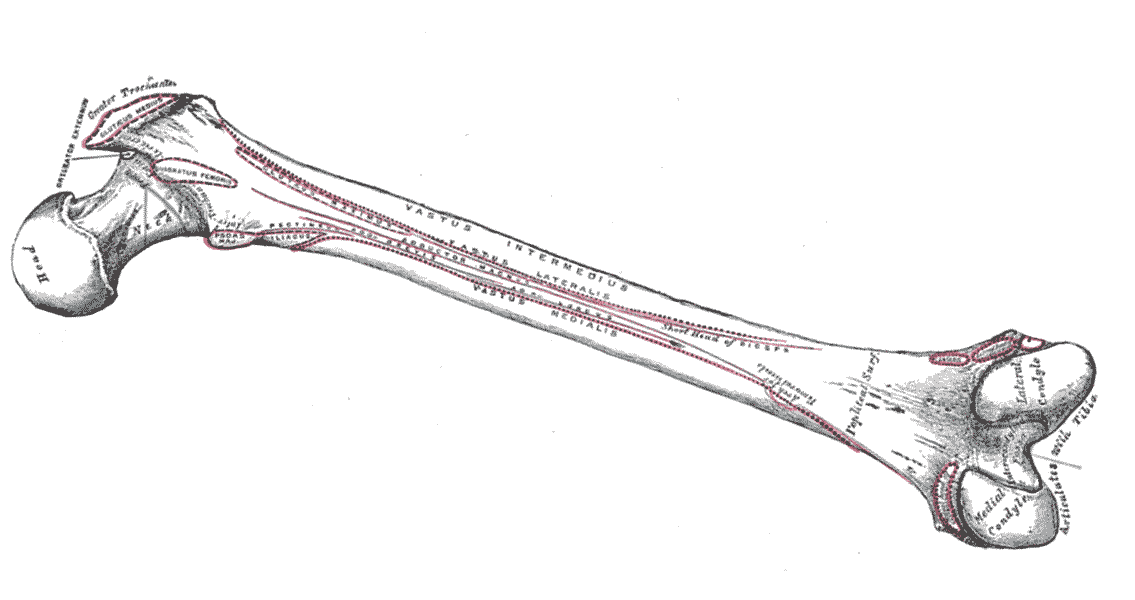<![CDATA[An international genetics team has estimated that a thigh bone discovered on a Siberian riverbank back in 2008 is around 45,000 years old; making it the earliest human remains unearthed outside of Africa. Historian and ivory carver Nikolai Peristov was looking for massive tusks on the banks of the Irtysh River in Siberia in 2008, when he found the thigh bone in the water, close to the Ust'-Ishim settlement. He took the bone to the scientists at the Russian Academy of Sciences. After some testing, scientists identified that the bone belonged to a modern human and not a Neanderthal, based on its teardrop-shaped cross section. Now, scientists at the University of Oxford, after examining the DNA of the unearthed bone using radiocarbon dating methods, estimate that it is some 45000 year old. The thigh bone is almost twice as old as the next oldest, which is of a boy who died almost 24000 years ago in another region of Siberia. To search for DNA, a team of scientists led by geneticist Svante Paabo took samples from the unearthed bone. With more than 30 years experience of working with bone samples, they have developed appropriate tools to extract and sequence DNA from fossils like this. Previously they have been able to make a map of a whole Neanderthal genome just from a toe bone. When they compared the Neanderthal genome to the human genome, they discovered that Neanderthals and humans share a common ancestor, which presumably lived about 600,000 years ago. As it turned out, the 45,000 year old fossil discovered by Peristov produced a surprising amount of genetic material. After the femur was located, scientists were able to make use of the extracted DNA to construct an extremely in depth copy of Ust'-Ishim man's genome. At first, they found a Y chromosome, which helped the scientists to confirm that the owner of the bone was a male. After comparing that genome with those of living and ancient humans, the scientists discovered that the DNA of the Ust'-Ishim man was closer to that of non-Africans than Africans. Scientists also discovered that the Ust'-Ishim man was in no way more directly related to Europeans, than to East Asians. It was also found by the scientists that the Ust'-Ishim man had Neanderthal DNA in his genome, with a total Neanderthal percentage of around 2.3%. For most living people nowadays it is between 1.6% and 2.1%. Because of the process of cell division over generations, the Neanderthal DNA of living humans is being broken up into smaller segments spread all over the genome. By contrast, as predicted by the scientists, the Ust'-Ishim man genome had bigger strands of Neanderthal DNA, as the strands would not have had as much time to fragment.]]>
DNA Tests on 45000-Year-Old Thigh Bone Rewrite Human History
